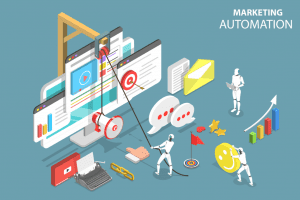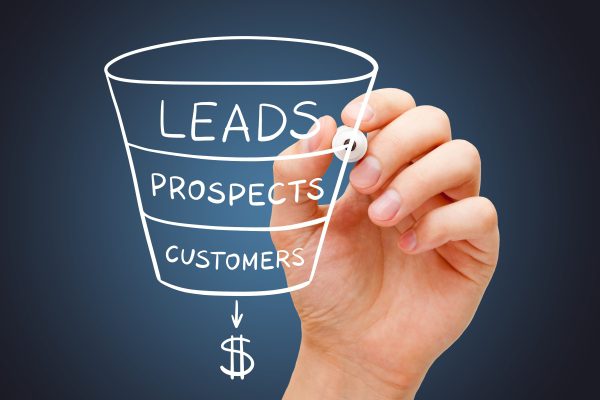
What’s Trending in Marketing For October 2023
Welcome to our October 2023 edition of “What’s Trending,” where we bring you the most relevant marketing news and insights. Stay informed and ahead of the game with our curated collection of marketing trends and reports in fall 2023.
Noteworthy Marketing News
Booking.com Is Striking a New Balance Between Brand and Performance
In 2022, Booking.com showed up at the Super Bowl for the first time with a spot starring Idris Elba. It booked a second ticket to the Big Game in 2023, making a comeback with actress and producer Melissa McCarthy. For Natalie Wills, vp of brand at Booking.com, these star-studded multi-channel campaigns are emblematic of how the travel giant is increasingly walking the line between brand building and performance marketing. “Historically, we’ve been quite a performance-led organization, but in the last couple of years, we’ve really been delving into brands,” she explained. Read more here.
What Marketers Are Saying About Their Marketing Misalignment Woes
Modern marketing organizations are truly impressive, creative powerhouses that drive impact through their content, and backed by refined analytics and business intelligence. The one thing they often miss, however, is organizational alignment. Executives lack insight into the work being done – independent contributors don’t understand how their daily work connects to the plan and managers are stuck in the middle without enough information to communicate up or down effectively. Read more here.
How NIL deals and brand sponsorships are helping college athletes make money
Student-athlete influencers have become key parts of marketing strategies for companies and capitalized on their athletic performance to bring in previously unattainable levels of fame and fortune. The NIL market is worth an estimated $1 billion annually. The industry’s growth has been driven in large part by collectives. These donor-backed groups facilitate NIL opportunities like autograph signings and appearances at fundraisers and account for 80% of the money flowing to student-athletes. Read more here.
Find these articles interesting? You may like: How to Leverage Influencer Marketing for Your Brand’s Success
Improving Your Marketing Program
5 SMART Goal Example For Business Development
A smart goal is basically what the acronyms from the name suggest. It is specific, measurable, attainable, and relevant and time bound. The Smart Goal process provides a frame where you can create a long term goal. It also provides a time limit for you to work on the same goal. By doing this business’ are 70% more successful in achieving their goals thanks to regular check-ins, updates and group accountability. Check out some smart goal examples for business development that will help you understand the system better and enhance your business. Continue to read here.
Emotional Advertising: How Brands Use Feelings to Get People to Buy
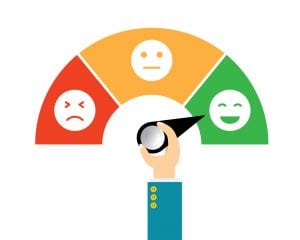 Emotional advertising uses emotions to connect with consumers and encourage them to buy a product or service. This type of advertising appeals to the heart rather than the head, and it can be quite effective in leaving a lasting impact on customers. Informing your audience is important. You want potential buyers to understand what their problem is, and how your products or services can solve that problem. Unfortunately, people don’t generally make purchases based on information alone. It turns out that people are more prone to making emotional purchases than informed purchases. It’s why commercials consist of much more than an explanation of a product’s use. Instead they use emotional advertising to target the viewer. Continue to read here.
Emotional advertising uses emotions to connect with consumers and encourage them to buy a product or service. This type of advertising appeals to the heart rather than the head, and it can be quite effective in leaving a lasting impact on customers. Informing your audience is important. You want potential buyers to understand what their problem is, and how your products or services can solve that problem. Unfortunately, people don’t generally make purchases based on information alone. It turns out that people are more prone to making emotional purchases than informed purchases. It’s why commercials consist of much more than an explanation of a product’s use. Instead they use emotional advertising to target the viewer. Continue to read here.
4 Essential Brand Component
There’s a common misconception that many people have that a “brand” is basically just the name of the company and the logo that they use. While these elements contribute to the overall brand of a business, the term “brand” is actually much more comprehensive than that. It involves many different components, which is why it takes a lot of thought in order to successfully develop your brand. The following are the four main brand components that you will need to address when building your brand and what kinds of strategies you can put into place to further develop those components. Continue to read here.
Recent Marketing Reports, Updates, and Trends
Marketing Briefing: Here are 5 marketing trends you have missed from 2023 Advertising Week
Another Advertising Week New York has come and gone. And while the event last week, in its nineteenth iteration, was hybrid in-person and online, it covered topics that have dominated marketers’ minds this year. Here are the 5 top takeaways you might’ve missed if you weren’t able to attend. Read the full article.
Adapt Or Persist? Analyzing 5 B2B Marketing Trends In 2023
 The marketing landscape is undergoing a significant shake-up—from a laser focus on data privacy to widespread layoffs in tech to the game-changing impact of generative AI. When it comes to marketing strategies, it’s crucial to understand what’s shifted and what’s remained constant. Forbes surveyed more than 300 B2B marketing professionals with the goal of understanding their priorities and budgets, as well as how they’re using AI. Forbes identified five trends and strategies for business leaders and marketers as we venture further into the back half of 2023. Read the full article.
The marketing landscape is undergoing a significant shake-up—from a laser focus on data privacy to widespread layoffs in tech to the game-changing impact of generative AI. When it comes to marketing strategies, it’s crucial to understand what’s shifted and what’s remained constant. Forbes surveyed more than 300 B2B marketing professionals with the goal of understanding their priorities and budgets, as well as how they’re using AI. Forbes identified five trends and strategies for business leaders and marketers as we venture further into the back half of 2023. Read the full article.
75 Branding Statistics for 2024: Top Insights and Marketing Trends
The rise of the internet and digital marketing has unleashed new possibilities for brand marketers. Before the internet, brands were built in boardrooms and involved mass advertising to reach the public. If you’re looking to master the art of building a great brand, then understanding how customers perceive brands is crucial. Let’s look into some of the most important branding statistics. Read the full article.







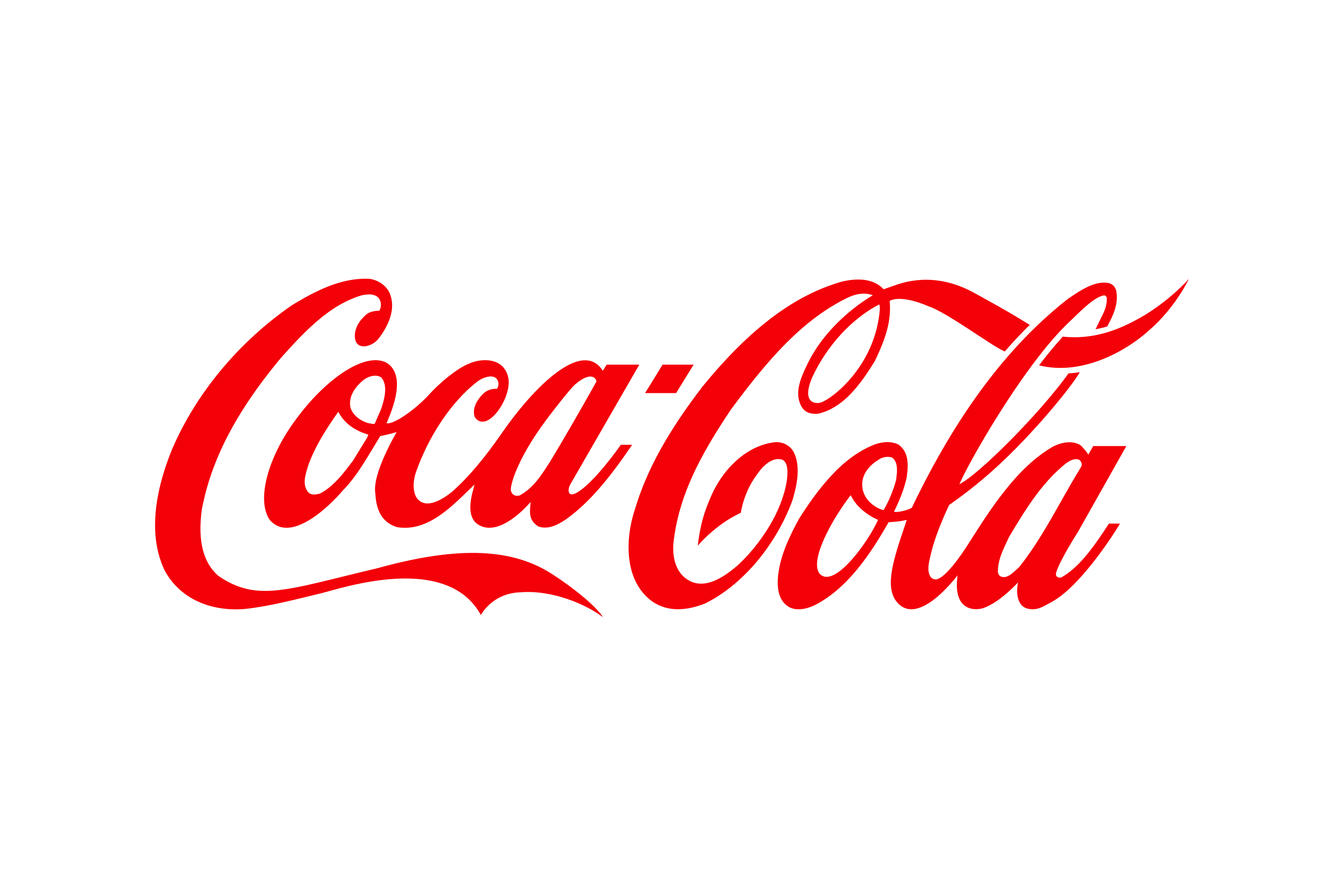

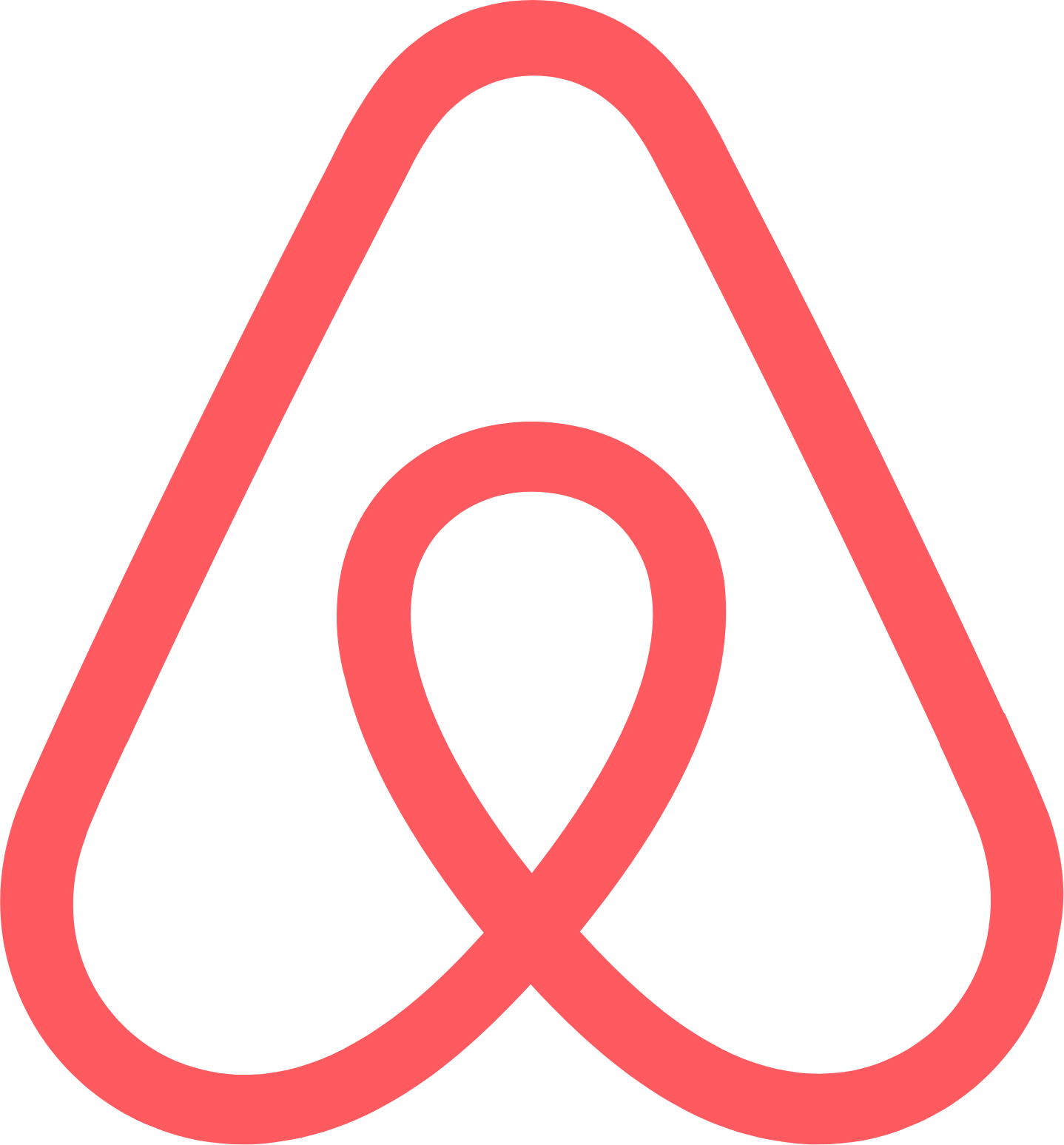





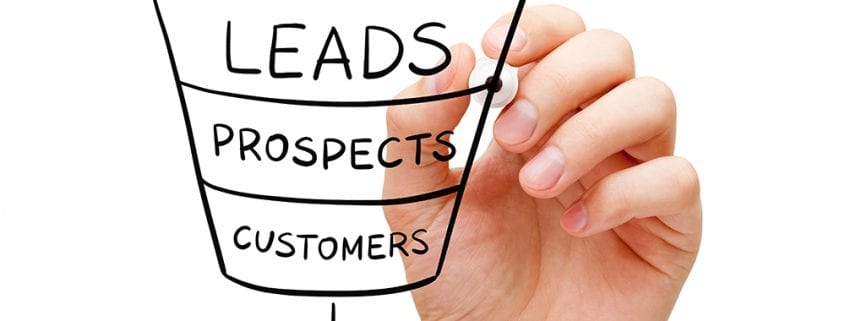







 You’re not going to be able to optimize your marketing efforts if you’re unable to identify existing issues and challenges facing your marketing process. Collect and
You’re not going to be able to optimize your marketing efforts if you’re unable to identify existing issues and challenges facing your marketing process. Collect and 